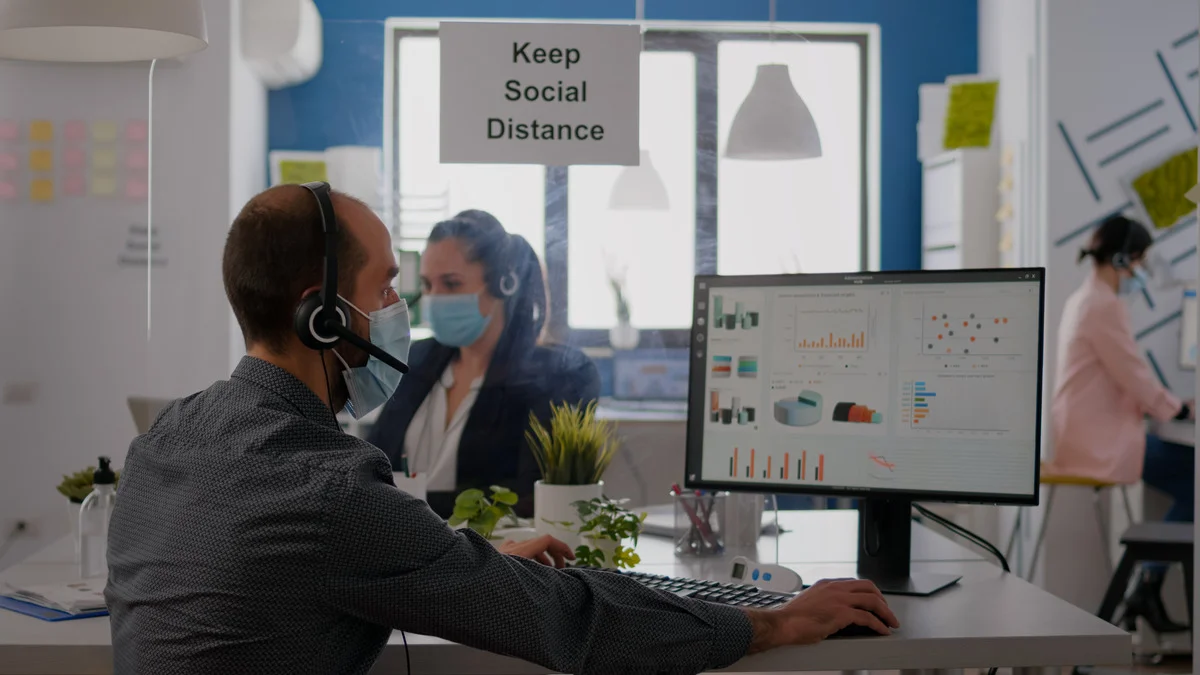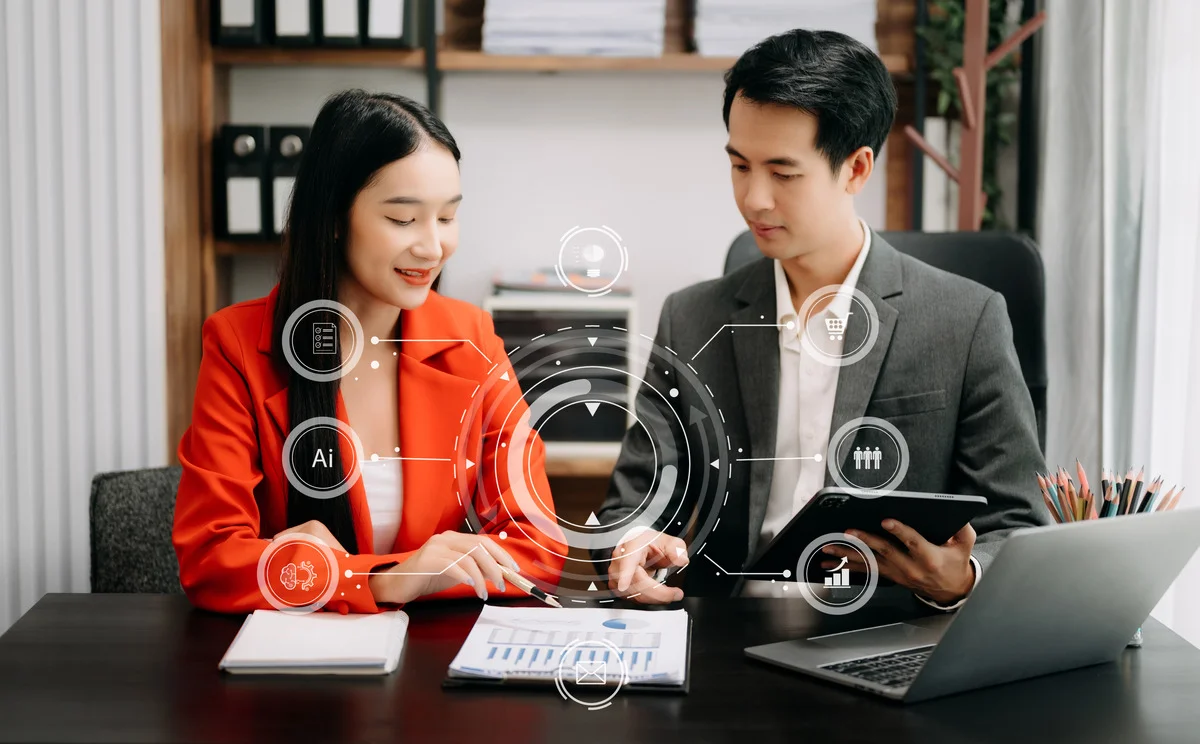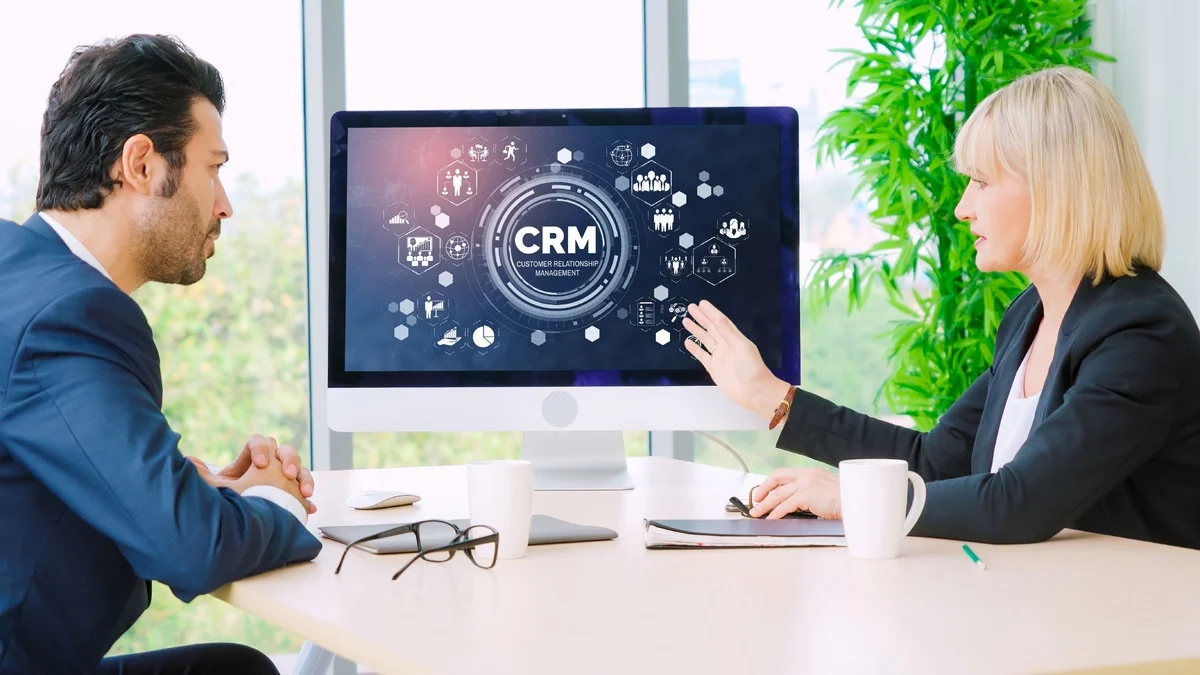Nexa Lab Blog – Remote Monitoring and Management (RMM) technology is not just a tool; it’s a game changer in the IT management landscape. RMM software helps companies streamline their IT operations, proactively monitor systems, and resolve issues before they impact productivity. Businesses can use RMM to reduce downtime, improve security, and optimise overall IT performance.
So, today, we’ll look at each benefit of a remote management system to learn more about how it can help your business.
Let’s get started.
What does Remote Monitoring and Management do?
Before we dive into the benefits, some of you might still wonder what kind of software RMM is?
Remote Monitoring and Management (RMM for short) is a type of software designed to help IT professionals manage network and computer operations remotely.
This technology enables the proactive monitoring of network and system health, automated maintenance tasks, and provides remote troubleshooting capabilities, all from a centralised dashboard.
If you want to learn more about what this software can do, see our previous article. In there, we go into great detail about what RMM software is, what it does, and how it works. To learn more, please click the link below.
Learn More: What is Remote Monitoring and Management? Definitions, Features, and How it Works
Top 7 Benefits of Remote Monitoring and Management
RMM technology offers a multitude of benefits that can transform how businesses manage their IT infrastructure. We compile the top 7 benefits of remote monitoring and management, citing the FindMyCRM blog post, to help you understand how RMM can improve efficiency, reduce downtime, increase security, streamline operations, enhance scalability, improve compliance, and ultimately save costs for your organization.
Now, let us explore each benefit of RMM software.
1. Maximising System Uptime
RMM tools continuously monitor IT systems, identifying and addressing potential issues before they cause system downtime. RMM can continuously monitor key performance metrics such as CPU usage, memory usage, disc space utilisation, network bandwidth, and system uptime, RMM software helps IT teams identify and address potential issues before they escalate into major problems, reducing system failure and downtime.
RMM software can also automate routine system maintenance tasks, such as software updates and security patches, which can help prevent system failures and improve overall system performance.
This proactive approach to IT management ensures that systems are always running at their optimal level, minimising the risk of unexpected downtime and maximising system uptime.
2. Proactive Problem Resolution
Remote Monitoring and Management (RMM) tools play a crucial role in proactive problem resolution by continuously monitoring and managing IT systems and networks.
Through real-time monitoring, RMM tools track key performance metrics and indicators to detect any anomalies or potential issues before they escalate.
Automated alerts are generated when abnormalities are identified, notifying IT teams promptly so they can take preventive action. Additionally, RMM tools facilitate patch management by automating the installation of software updates and security patches to ensure systems remain secure and up-to-date.
3. Cost Efficiency
RMM software can help businesses increase cost efficiency by reducing costs, optimising resource utilisation, and maximising return on investment (ROI).
This software enables businesses to avoid unplanned outages by proactively monitoring and managing their IT systems, which can lead to significant cost savings in terms of reduced downtime and the need for extensive on-site IT teams.
It can also automate routine tasks such as software updates, patch management, and system backups, which can further reduce labour costs and improve efficiency. By automating these tasks, businesses can allocate their IT budget more effectively and focus on strategic initiatives that drive growth and innovation.
Moreover, RMM software can help businesses track critical KPIs, which can provide insights into areas where improvements can be made, leading to more efficient IT operations and better cost management.
4. Improved Security
The monitoring and automatic update features from RMM also help businesses improve their overall cybersecurity.
RMM software allows businesses to monitor the health and performance of their network and devices, including servers, desktops, laptops, and IoT devices, automatically alerting IT teams to any issues detected, such as low disc space, high CPU or RAM usage, network outages, and potential security vulnerabilities.
With real-time monitoring, companies can take preemptive action to prevent widespread problems and downtime, ultimately enhancing their security posture.
This software also automates security updates and patches for endpoints, so it can do maintenance on its own during off-peak hours. This will help businesses maintain a secure environment while ensuring seamless business continuity.
Additionally, RMM software provides detailed reports on system health and performance, enabling quick identification and resolution of issues and further strengthening security measures.
5. Centralised management
RMM software offers a centralised console for managing multiple devices. With RMM, businesses can easily see the status of all devices on their network, monitor their performance, and quickly address any issues that arise, ensuring that their IT infrastructure remains optimised and secure.
The centralised dashboard allows businesses to see device overviews.
Inside it, you’ll get a real-time snapshot of all your devices, including desktops, laptops, servers, mobile devices, and network equipment. You can also view key information such as device name, operating system, IP address, location, and status (online/offline).
You can also see the status of your system’s health in the centralised management. Inside it, you can monitor the performance and see metrics such as CPU utilisation, memory usage, disc space, and other critical metrics. With that, you can easily identify potential issues before they impact the user experience or cause downtime.
6. Comprehensive Reporting
RMM systems generate detailed reports, providing insights into system performance, usage trends, and potential security risks. Tools like Datto RMM, for example, can generate reports such as device health summary, patch management summary, device storage, network summary, and many more. It can even generate an executive summary report that summarises all key metrics in a concise format for easy review by stakeholders.
One of the best benefits of all is that all the reports are beautifully visualised and customisable. With those features, stakeholders and IT experts can easily identify areas for improvement and make informed decisions based on the data presented.
7. Remote Access and Support
IT technicians can remotely access devices to troubleshoot and resolve issues, reducing the need for on-site visits and allowing for faster response times. Remote access allows IT experts to perform real-time troubleshooting, diagnose, and resolve issues from anywhere, reducing the need for on-site visits.
That’s all about the advantages of RMM software. If you’re interested in data, check out our previous article on NoSQL databases. Click the link below to learn more.
Read More: What is NoSQL Database? Definitions, Benefits, and How it Works
Conclusion
Remote Monitoring and Management (RMM) is a vital technology that not only enhances the operational capabilities of IT departments but also contributes significantly to the overall strategic positioning of businesses. By leveraging RMM, companies can ensure higher productivity, improved security, and better service delivery.
Do you know that you can integrate your RMM software with a CRM system like Hubspot?
With Nexalab App Fusion, you can merge robust capabilities such as Datto RMM Autotask with an advanced CRM system. This integration allows for seamless communication between IT departments and sales teams, leading to improved customer satisfaction and streamlined operations.
At Nexalab, we specialise in integrating cutting-edge technologies to streamline your business operations. Discover how Nexalab’s App Fusion can revolutionise your IT management and operational processes. Contact us to learn more about Nexalab App Fusion.




